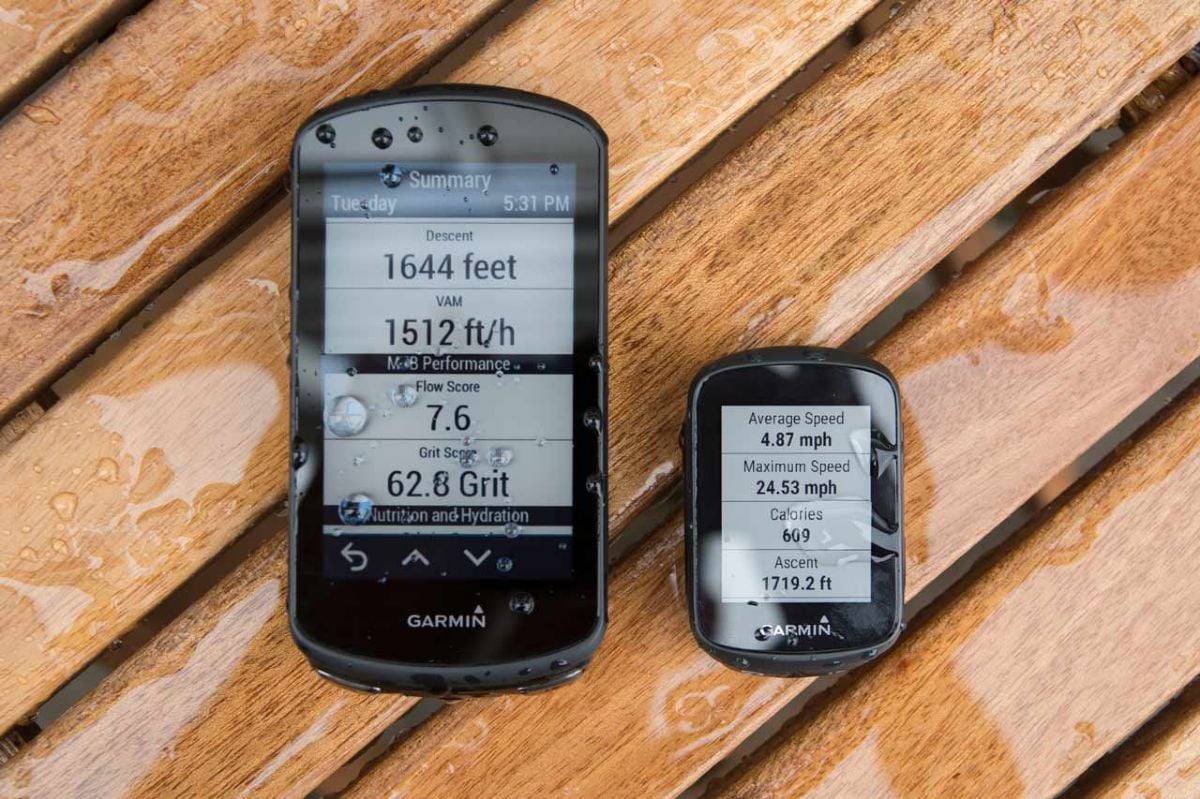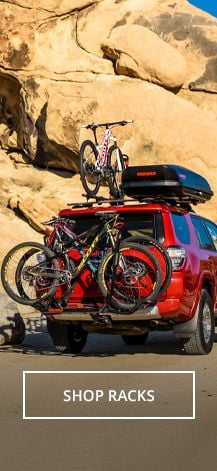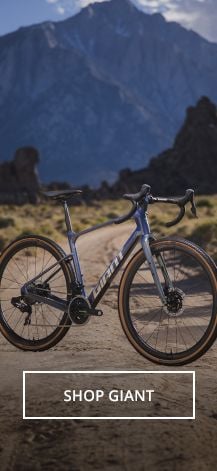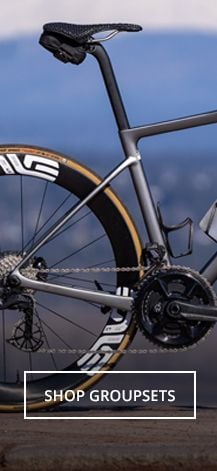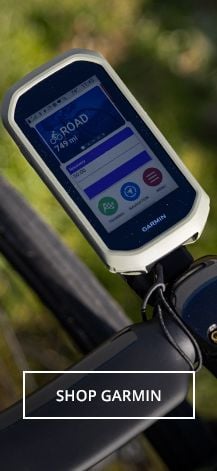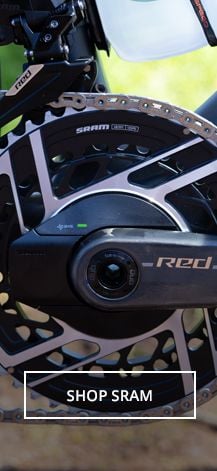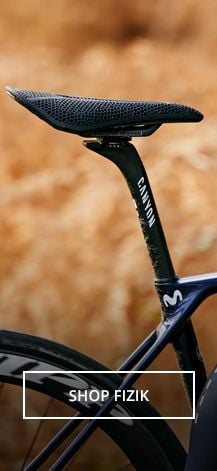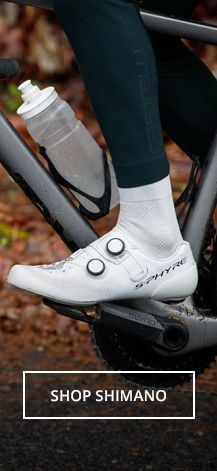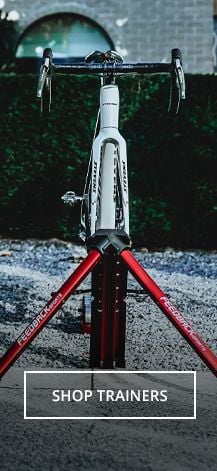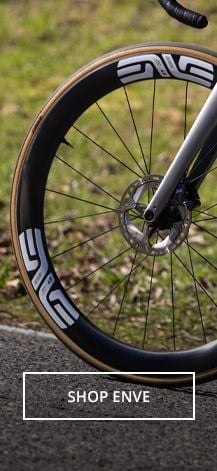Garmin Edge 130 Plus & 1030 Plus Review

Curious about Garmin's newest GPS computers, the Edge 130 Plus & Edge 1030 Plus? Same here. So we dispatched Bertrand, one of our Velo-obsessed employees out into the wild with a mandate to put 'em to the test. And from their specs to how they performed, he went ~deep~.
Scroll on to read what he had to say about the newest additions to the Garmin product lineup and check out some original images pinned to the bottom of this post.
--------------------------------------------------------------
A few weeks ago Garmin dropped significant updates to the top and bottom range of its Edge computers. This review was originally intended as a single-unit review for the 1030 Plus, but on looking over the changes and new feature sets of each device it became clear that the parallel upgrades to both devices could be considered alongside one another. Over the two-week review period, I came to find that the 130 and 1030 Plus computers beautifully complemented each other as part of a single quiver - making the choice between one a tricky one indeed.
BUT FIRST...
A bit about myself to give this review some perspective. I live in Portland, Oregon, the home of BikeTiresDirect. I ride nearly every day. Sometimes all I log is 10 miles of commuting or a few miles to the grocery, and other days I set off on all-day adventures to areas I've never been to, armed only with an unridden route loaded into my cycling computer.
Nearly all of my rides under 25 miles consist largely of pavement, while everything beyond that incorporates as much gravel, urban singletrack, and backwoods trails that I can squeeze in. I am a ride-to-the-ride sort of cyclist, and try to rely on my bicycle to get me where I need to go.
I do the majority of my riding on a disc-brake cyclocross bicycle outfitted with 40mm WTB Nano tires, which I have found to be admirable on the pavement, and wonderfully shreddy in the dirt. I am a fresh mountain biker, and the 130 and 1030 Pluses both accompanied me on my first legit mtb ride on my full-rigid 27.5+ bike equipped with the tank-like, roll-over-anything, aggressively knobbed 3.0" Surly Dirt Wizards.
Before reviewing the 130 and 1030 Plus versions, my experience with Garmin cycling devices consisted of using an Edge 520 for about three years and an Edge 1030 for the past six months. Since I got the latter, my 520 has sadly been collecting dust. I love the 1030 for how capable it is as a navigational device; it gave me the confidence to set off to unknown locales, tackle the most challenging terrain and traverse the most complicated routes I have ridden to date.
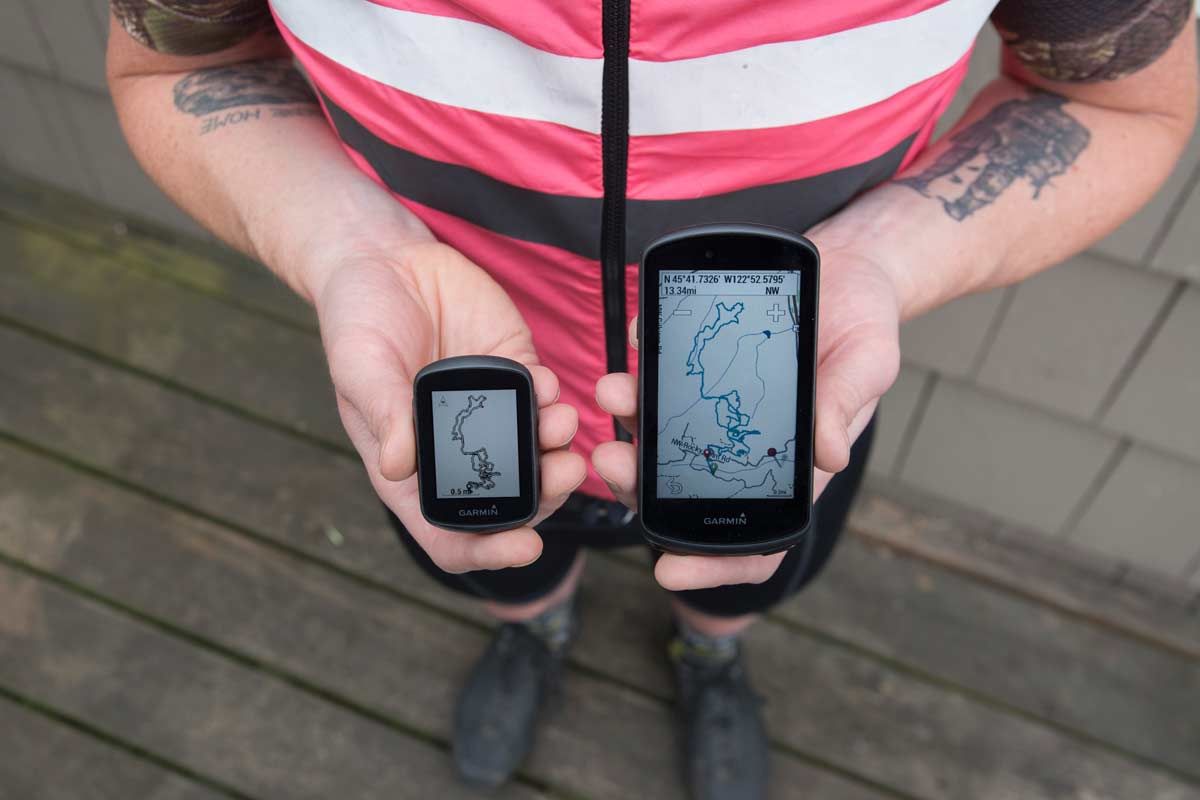
THE NITTY GRITTY
First off, let's start with an overview of the updates to the two new Plus models over their predecessors.
Both devices now tote an accelerometer borrowed from the 530 and 830, which means you get advanced incident detection as well as the incorporation of Garmin's mountain bike metrics on certain ride profiles. The new metrics include "Grit" and "Flow" ratings as well as jump statistics. The setup process for both devices has also been significantly improved. No more time spent re-customizing your device if you are upgrading - all of your settings are transferred via Garmin Connect in a matter of seconds. Never owned a Garmin before? No problem, Garmin will automatically populate your ride profiles based on the most popular ones used across the platform. For me, setup only took a few minutes for both devices.
The 130 Plus, weighing in at 33 grams, gains Climb Pro if you are using courses, new structured workout integration, and the promise of future connectivity that will allow you to control smart trainers. The 130 Plus has a claimed battery life of 8 hours for high usage and 12 for low usage.
The 1030 Plus, weighing in at 125 grams, now has the improved touchscreen from the 830, a processor that is 2x faster than the 1030, 32 gigabytes of internal storage, advanced routing options, and the ability to start and stop Livetrack on the fly. The 1030 Plus has a claimed battery life of 24 hours for high usage and 48 hours for low usage, which can be doubled using the Garmin Charge Power Pack.
GARMIN EDGE 130 PLUS: THE PINT-SIZED DAILY DRIVER
Prior to getting my hands on this model, I had always considered the 130 to be a little, well, silly. Why would anyone want a device with a limited feature set? This assertion was based solely on my understanding that Garmin devices were mapping and navigation devices first and foremost.
During the first year or so that I owned a Garmin 520, this was indeed what I used it for. I loaded routes that myself or friends created and relied on the device to get me from start to finish. As I have gained a greater familiarity with the roads within a 50 mile or so radius from where I live, my dependency on my Garmin for this purpose has diminished.
This is where the 130 Plus comes into its own. During the review period, when I didn't need to rely on a detailed map to know where I was going or how to get home, the 130 Plus became my go-to device. It is minimal, lightweight, and so simple that I forgot it was there. I was grossly wrong for underestimating this powerhouse computer in a compact package.
The 130 Plus can handle up to 8 data fields, integrates basic elevation charts, has very basic "bread crumb" navigation for running courses, and can utilize three types of GPS tracking for challenging terrain.
For my favorite 20-mile urban cyclocross loop the newly added mountain bike metrics gave me quantitative data to help me analyze my effort compared to previous attempts. For my daily commute, the computer steadfastly logged my miles, speed, and time. This thing just works.
Once I got used to the interface, my only complaint was that some of the data fields, namely "current heading" and remaining battery life were displayed with graphics that were disproportionate to the field size, ineffective, and difficult to read. This is an easy software fix that will hopefully be addressed.
Were I to use the advanced workout features, or the forthcoming trainer communication, the device would have even more value. As it is, I have come to appreciate the 130 plus as a bare-bones workhorse of a head unit. Not only is it a great entry-level device for those new to cycling computers, but more seasoned riders will still find that it packs a punch way beyond its price point.
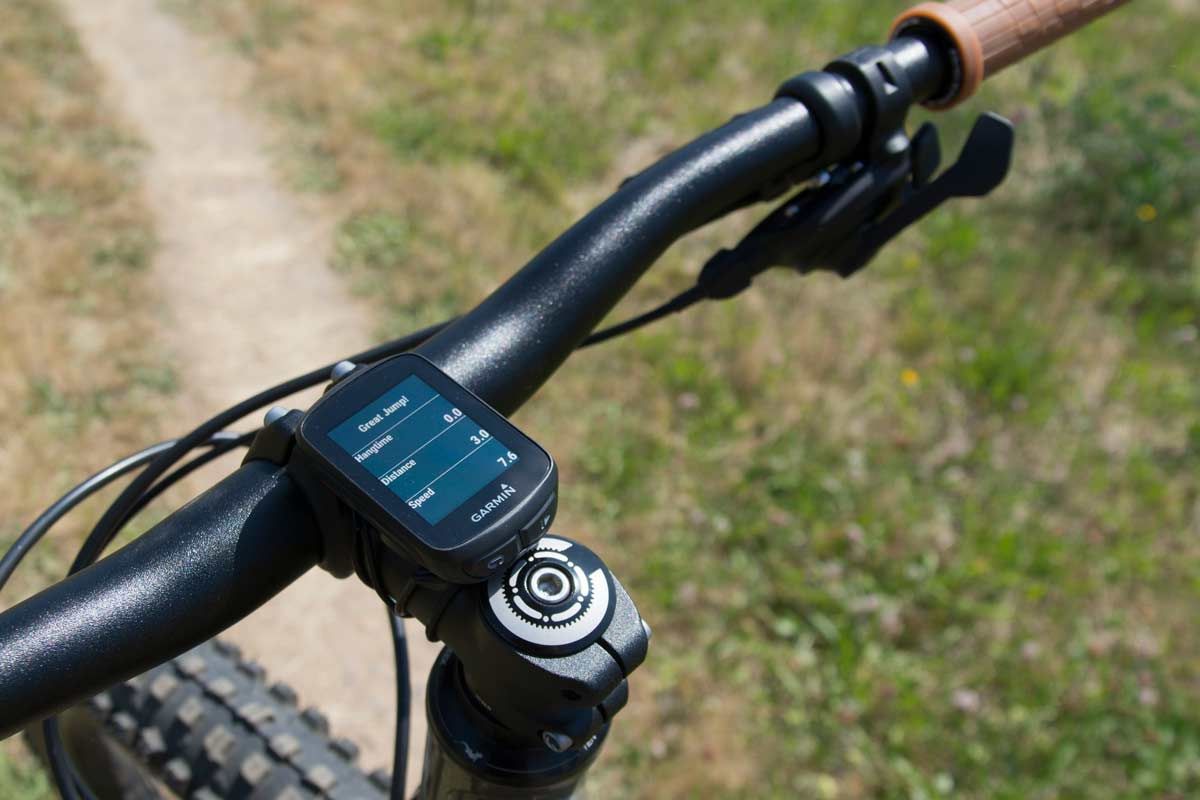
GARMIN EDGE 1030 PLUS: THE SHARPEST TOOL IN THE SHED
Going into this review, I knew from personal experience that the original 1030 was a heck of a computer. With the new updates to the Plus, Garmin has further honed this instrument.
Right out of the box the new processor shone. I had never been bothered by the responsiveness of the original 1030's touchscreen before, or how long it took to load routes and recalculate, but the improvement was immediately noticeable. The display transitions and buttons are smooth, and the new screen borrowed from the 830 makes operation in rain and with gloves significantly easier. Courses load up in half the time, and mid-route recalculations are a breeze. Garmin has also added the ability to "skip ahead" or "cut across" a course if you fancy a detour rather than a totally new route, which relinquishes a bit more control to the user.
To this note, Garmin has also now begun to integrate "trend-line" routing a la Strava Heatmaps for calculating directions, which can lead to some interesting and fruitful route discoveries on the way to your destination. As with the 130 Plus, the added MTB dynamics introduce another layer to your in-ride and post-ride analyses.
The ultimate test for my review 1030 Plus was navigating a 35-mile route that I amalgamated from friends' rides I had seen on Strava, and local cycling club Our Mother The Mountain's route database. My creation featured miles of urban mountain bike trails, neighborhood alleyway systems, scenic vistas spanning local buttes, and hidden cut-throughs that had barely been bushwhacked. Prior to heading out, I had ridden maybe 10% of the route, max.
Did I go off course? Absolutely. Did I get lost? No, and I had an incredible time learning about parts of my city I otherwise wouldn't have known existed. Without an intimate knowledge of some of the trail networks I traversed, there is no way I could have navigated the route otherwise. At the points of confusion though, the Edge 1030 Plus' super-detailed base map and 3.8" screen bailed me out and kept me heading in the right direction.
For the mountain biker, the Edge 1030 Plus has the added bonus of Trailforks built into the UI by default; you can open up the navigation menu and instantly access their expansive database of trail systems in your area.
At the end of the day, I found the 1030 Plus to be just as much of a steadfast adventure-ride companion as the original 1030 had been. Minus the MTB metics, most of the upgrades were subtle to me, but those subtleties made the days where I relied on the unit as an integral tool less about the computer, and more about the ride.
I found the 1030 Plus to be more of a companion and less of a director than its predecessor, while still being every bit as useful and confidence-inspiring.
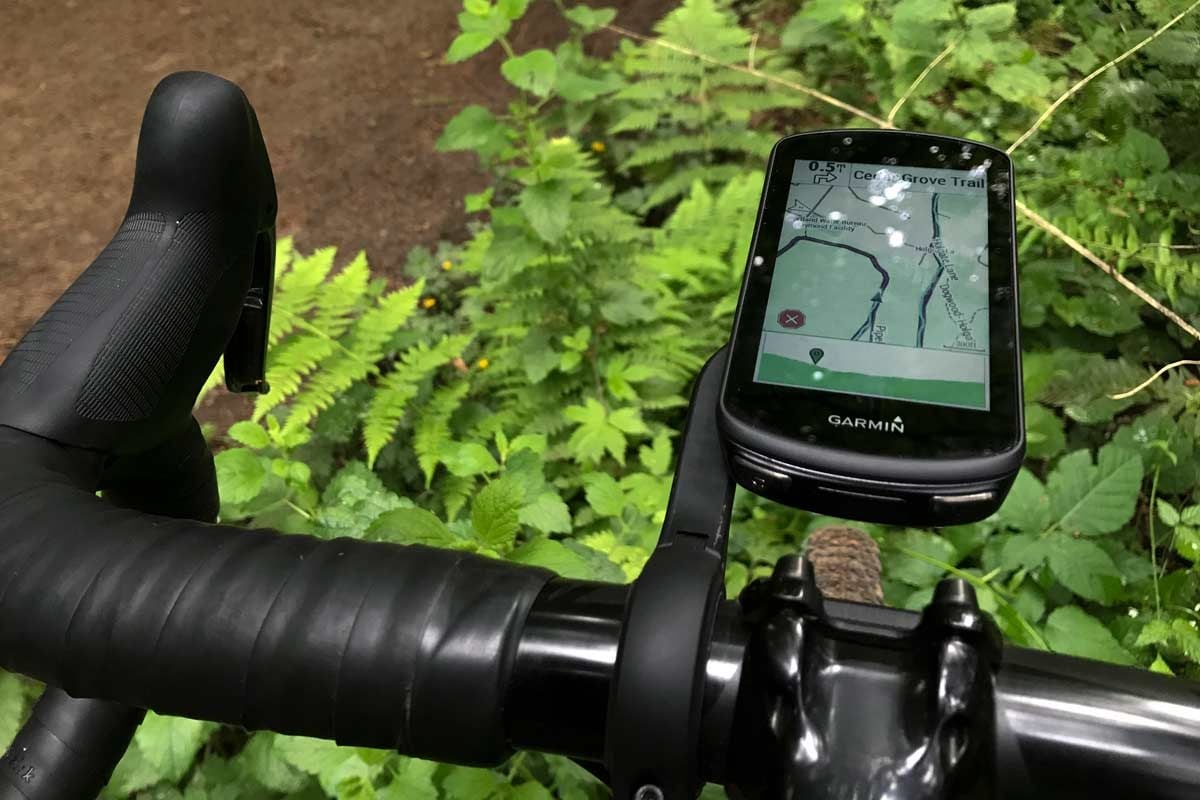
SIDE BY SIDE
Over the two-week test period for this review, I discovered that the Edge 130 and 1030 Plus computers each had distinct advantages over one another depending on the riding circumstances.
To draw a direct comparison between the two, though, would be like comparing a knife to a spoon. Sure they're both silverware and you could use each one to do the other's job, but you'd probably get ice cream all over your shirt and smoosh your steak in the process.
Out of curiosity though, I did take both devices on the same 9-mile mountain bike ride at Rocky Point - Portland's nearest trail network - that lasted 2 hours and featured 1700 ft of elevation gain and loss. I selected the built-in MTB profile for both computers to see how the metrics compared.
At the end of the ride, the 130 Plus recorded .27 extra miles, 10 extra feet of elevation, a Grit score of 101, a Flow score of 6.8, and a total of 3 jumps. The 1030 Plus (tucked into a hip pouch) gave me a Grit score of 63 and a Flow score of 7.6, and logged 0 jumps. Given that I didn't mount both devices to my handlebars, I believe that the 130 Plus did better with the MTB metrics than the 1030 Plus (compared to my two riding companions' recordings though, the 1030 Plus had more accurate mileage). In general, though, I have found the 1030 Plus' accelerometer to be more sensitive than the 130 Plus, and I attribute the discrepancy to it being secured to my person, not my bike.
Where the 130 Plus really distinguished itself was in its function as a device that collects data to be analyzed later on; it isn't a giant screen vying for my attention like the 1030 Plus, it just quietly does its job and leaves the riding to me. Compared to the original 1030 though, I believe that the 1030 Plus scores significantly better in this category.
That being said, I wouldn't want to embark on a day's long adventure into uncharted territory with the 130 Plus unless I had a backup plan or bail out option that didn't require GPS navigation. Those more extreme situations are what the 1030 Plus was designed for, and where it excels.
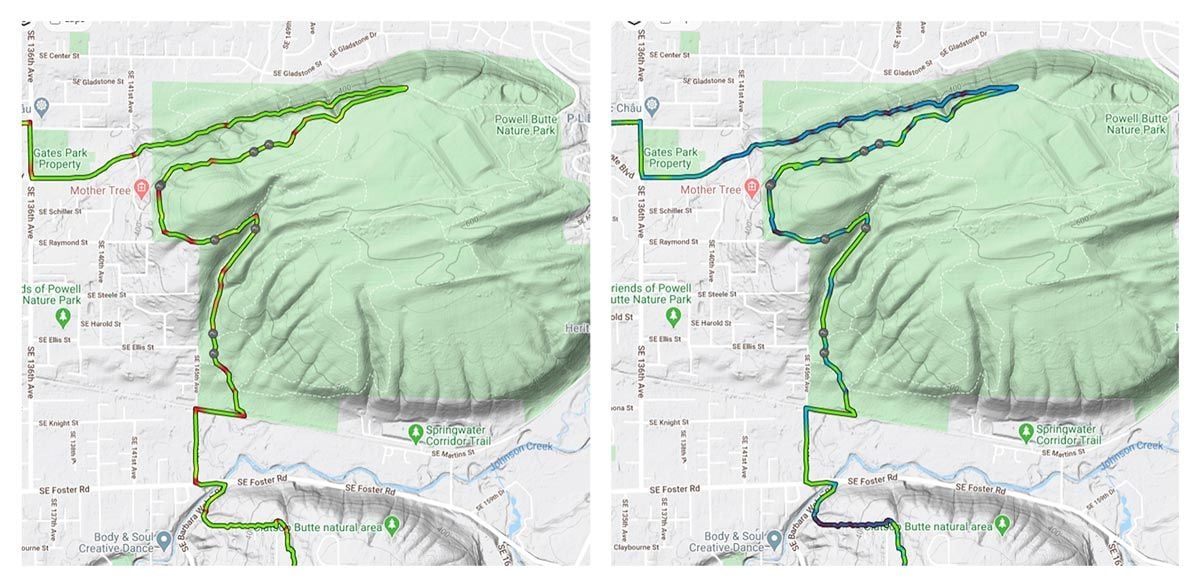
Mountain bike metrics are one of the most substantial new analytical features added to both devices. Flow, shown on the left, is a representation of how smoothly you rode. The green areas indicate good speed maintenance, and the orange and red areas show where you had to rapidly scrub speed. The lower your flow rating, the smoother you rode. Grit, shown on the right, is a measure of how challenging the terrain you rode was. Green areas equal relatively easy terrain while blue and purple areas show parts of your route that were more steep and technical. The higher your grit score, the more difficult your ride was. Jumps are each marked with the gray circles, and record hangtime, distance, and speed. At the end of your ride they are totalled, and be be individually inspected.
BATTERY LIFE, BY THE NUMBERS
Before reviewing these products I fully charged them, synced them with my phone, and updated their maps and software to the latest versions via Garmin Connect for iPhone and Garmin Express for Mac.
Over the past two weeks, I logged 81 miles and 6 Hours 54 minutes of ride time on the 130 Plus with only its recording features and MTB dynamics active. I charged it zero additional times and finished with 21% remaining battery power.
On the 1030 Plus I logged 118.51 miles and 10 hours 31 minutes of use, with MTB metrics, navigation and maps turned on nearly the entire time. I charged it zero additional times and finished with 65% remaining battery power.
FINAL TAKEAWAYS
Sitting at the top and bottom of Garmin's Edge range, the 130 and 1030 Plus both have their purposes and places. For most cyclists, the 530 and 830 will do everything they need, but neither one is as good at its job as the 130 or 1030 Plus.
Forking over $800 for two computers might not be an option for everyone - though I did get pretty spoiled by being able to regularly choose between both of them over the course of this review. Rather, my suggestion is that you really take a good look at what you want your cycling routine to look like, and make an objective decision about which computer is best for you.
If I had to choose only one computer out of Garmin's range it would be the 1030 Plus without hesitation, if only for its purpose-built mapping and navigation system. That being said, for 5/7 days of riding the 130 Plus might be the better choice.
I believe that the 130 and 1030 Plus have further solidified Garmin's range of computers as one that gives newcomers and seasoned veterans alike comfortable entry points to GPS devices, with plenty of room to grow.
--------------------------------------------------------------
Words and Pictures: bertrand_morin
